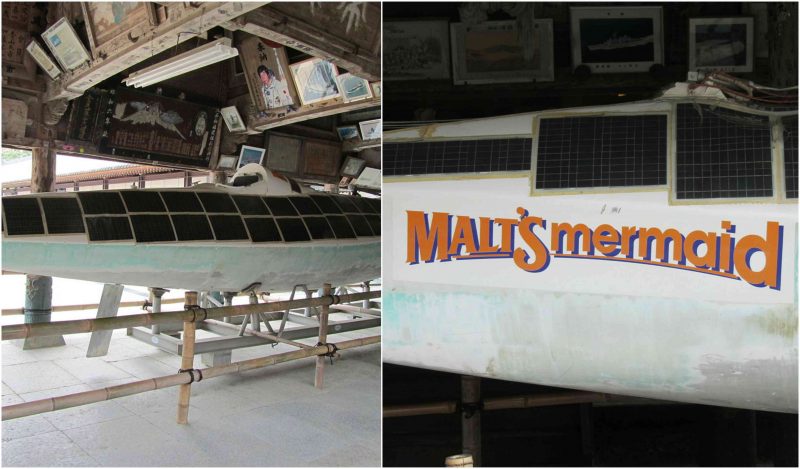The Hypogeum of Ħal-Saflieni is a subterranean structure dating to the Saflieni phase (3300-3000 BC) in Maltese prehistory, located in Paola, Malta. It is often simply referred to as the Hypogeum , literally meaning “underground” in Greek.
The Hypogeum is thought to have been originally a sanctuary, but it became a necropolis in prehistoric times, and in fact, the remains of more than 7,000 individuals have been found. It is the only known prehistoric underground temple in the world.
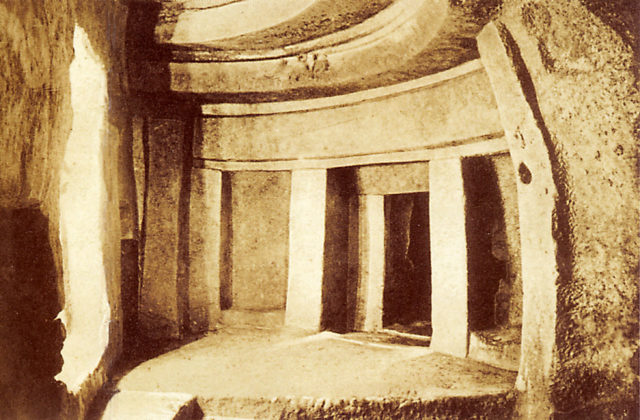
The Hypogeum was discovered by accident in 1902 when workers cutting cisterns for a new housing development broke through its roof.
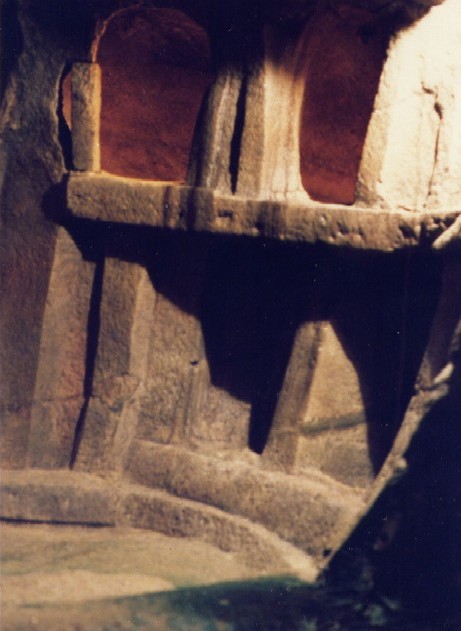
The workers tried to hide the temple at first, but eventually it was found. The study of the structure was first entrusted to Father Manuel Magri of the Society of Jesus, who directed the excavations on behalf of the Museums Committee, starting from November 1903.
Magri died in 1907, before the publication of the report. Following Magri’s sudden death, excavation resumed under Sir Themistocles Zammit. It was opened to visitors in 1908.
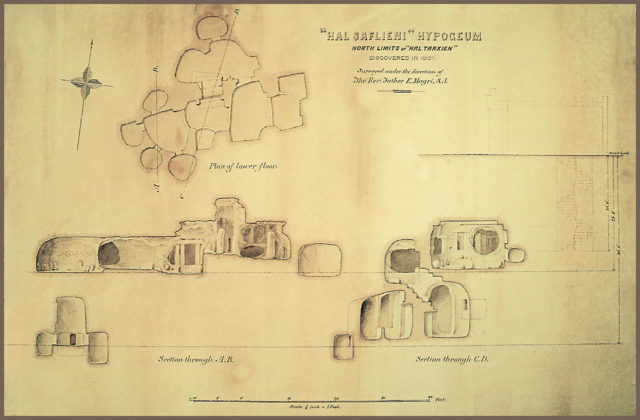
The Hypogeum was depicted on a 2 cents stamp issued in Malta in 1980 to commemorate the acceptance by UNESCO of this unique structure to the World Heritage Site list. Excavations took place between 1990 and 1993 by Anthony Pace, Nathaniel Cutajar and Reuben Grima. It was then closed to visitors between 1991 and 2000 for restoration works; and since its reopening, Heritage Malta (the government body that looks after historical sites) only allows entry to 80 people per day, while the site’s microclimate is strictly regulated.
Excavations took place between 1990 and 1993 by Anthony Pace, Nathaniel Cutajar and Reuben Grima. It was then closed to visitors between 1991 and 2000 for restoration works; and since its reopening, Heritage Malta (the government body that looks after historical sites) only allows entry to 80 people per day, as the site’s microclimate is strictly regulated.
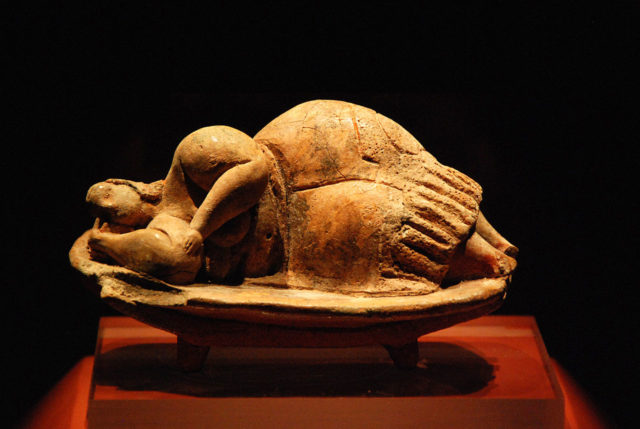
The Hypogeum is a very popular tourist attraction. However, since only 80 people are allowed per day, Heritage Malta recommends tourists to book well ahead of time if they wish to visit.
Some last minute tickets are occasionally available from the National Museum of Archaeology or the National Museum of Fine Arts, both of which are located in Valletta. These are available on first-come, first-served basis.
The museums open at 9am, but queuing for tickets starts around 7am. As of September 2016, the site is closed for the installation of a new micro-climate-controller.
